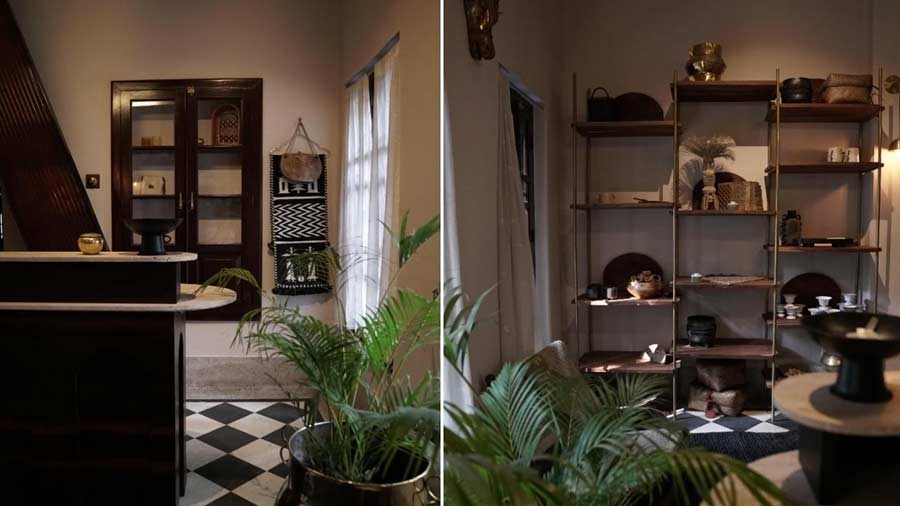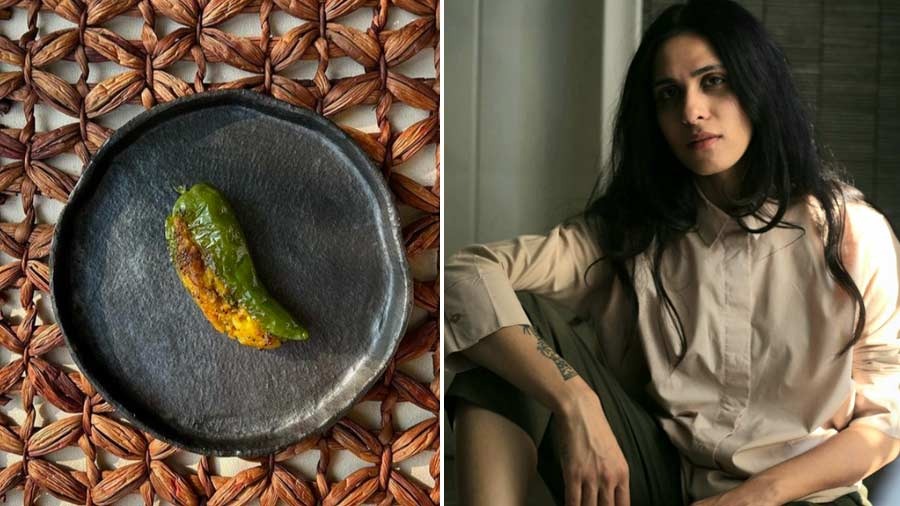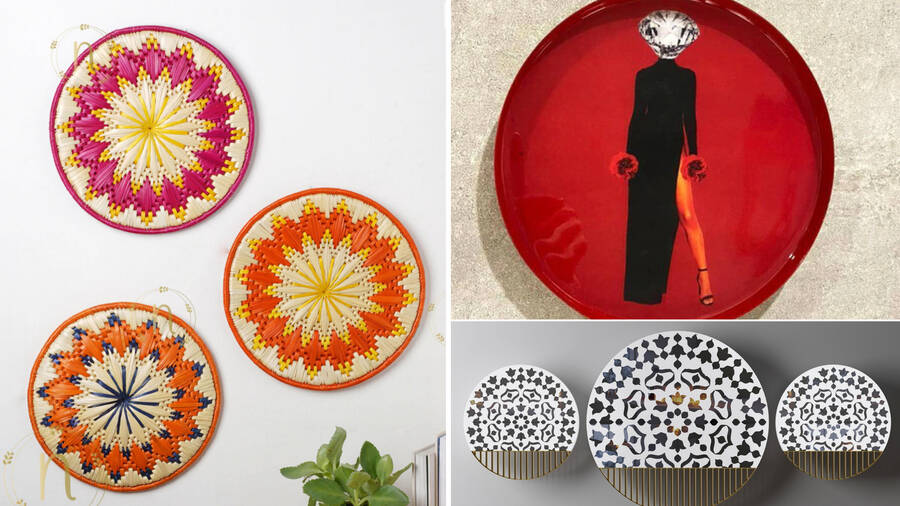In early 2020, Dutch trend forecaster Lidewij Edelkoort predicted a ‘quarantine of consumption,’ for months to come. “We will learn how to be happy just with a simple dress, rediscovering old favourites we own, reading a forgotten book.” As far as the luxury market goes, the forecast was right on the money.
The less-is-more approach has writ large among luxury trends in the past few months. “Instead of filling your world with noise, you can always choose things that speak to you,” says Shristie Budhia, who along with her husband Cyril Menouillard, set up their luxury label Tula last year.
The Kolkata-based label works towards perfecting the idea of everyday luxury without compromising on artisanal value. Budhia has collaborated with artisans from across the country to produce the brand's debut line, Saadhana, which features pieces like the Tula Mandi bag (which is made of stiffened jute, hand-knotted by artisans in Agra) and a line of Bidriware, native to Bidar. My Kolkata spoke to Budhia to get a better perspective at her lifestyle label:
How did Tula come to be?
I have a background in fine arts and was working in Amsterdam till 2019, post which I returned to Kolkata. I was born here and I went away when I was 14. I studied and worked in Europe for a decade. And after I came back, it didn’t make sense to start my label anywhere but here, considering its rich history of craftsmanship.
But of course, when you’re starting a business you need to find other people who are equally passionate and we managed to do that. We work with craftspeople from Bengal, Nagaland, Manipur, Nagaland and Assam and many more places.
We debuted Tula’s first collection on Instagram around July last year and started taking orders in September.
Tell us a little about the production.
The production really varies depending on what the artists and craftsmen have to offer or are willing to offer. It’s usually organic and it’s also really collaborative. There are times when they offer their perspective on the value of a piece or their technical expertise. In 2019, we had come up with a think tank, and the next two years were all about learning, and meeting and connecting with the people who are now so crucial to Tula.
Most of our fabrics come from Bengal. For instance, in Cooch Behar, we work with a small family who makes all our Shitalpati and dala. The dala has been used to make our Sandook boxes which are hand-woven wardrobe organisers, finished with vegetable-tanned leather. They are also used to make the Surahi, which are handwoven baskets
Tell us a little about your approach to design. Are you focusing on minimalism?
We’re minimal in the way that we focus on a few good things. So people can go for things that really speak to them. Instead of moving into a model home, it’s so much better to let your home grow with you. Many of our clients are collectors, so they agree with this philosophy.
How much thought went into pricing?
I would say our prices are fair. We’ve obviously put a lot of thought into it. We are a small brand and we keep our overheads really low. It’s just my husband and I. We take pictures ourselves, we made the website ourselves.
What usually happens with certain lifestyle brands is that as the brand grows, sometimes the artisan becomes the least important part of the scenario or the craft becomes more mechanised. Productivity often becomes the lynchpin of the brand, but we’re trying to not go in that direction. This helps us stay fair in our assessment as well.
Tell us a little about the space you found for your studio.
It’s an old residential bari on Purna Das Road. It is about 1,000 sq ft, it has 12-feet-high ceilings, vintage detailing and it also has beautiful mosaic and grills.

Tula’s Purna Das Road studio
Do you want to scale up at some point?
In some ways, I suppose. A lot of the things we make aren’t easy to over-produce. It’s all very labour-intensive, so we would have to employ a large number of people who’d have to work in a repetitive manner. It would become like a supply chain kind of a situation, that could take away from the brand’s ethos.
My Kolkata picks from Tula: The Pankha fan (woven in Shitalpati) and the Tula Mandi bag (hand-knotted in Agra). “The Pankha and the Mandi are our top-sellers. I think people also like to give them away as gifts. We have some hand-forged knives that are doing really well and the Ghada Vase, which is hand-coiled stoneware made in Pondicherry,” Budhia shares.

